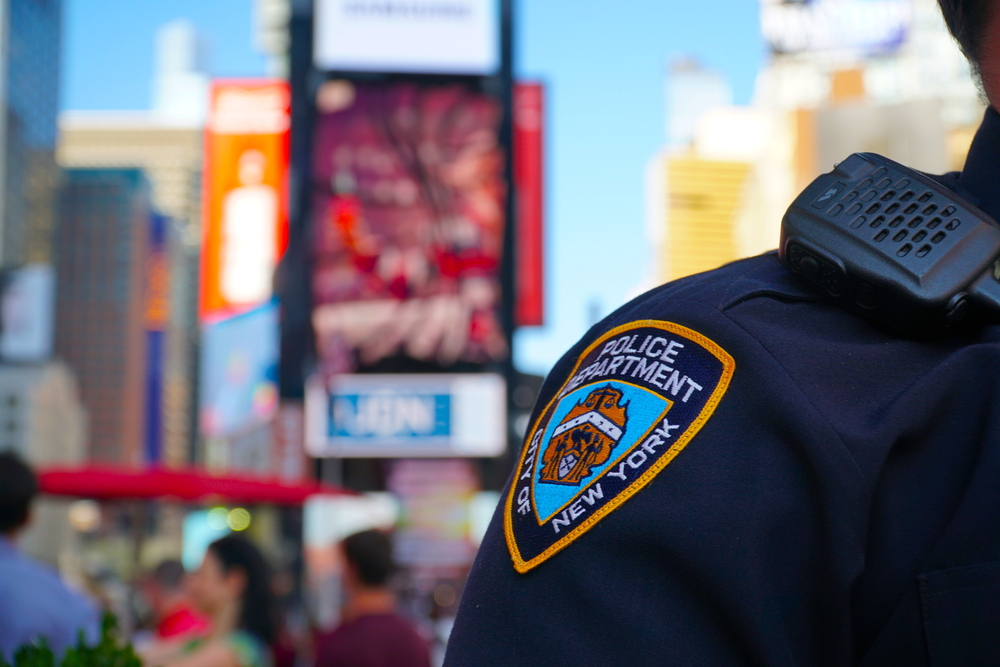
The Department of Homeland Security Science and Technology Directorate (S&T) recently began working closely with local first responders to test new technologies, and the New York Police Department (NYPD) has benefited.
The directorate’s First Responder Group (FRG) recently engaged in several tests with the NYPD. These included evaluations of the Mobile Ad-hoc Networking (MANET) system–a military-designed communications system–and an Android Tactical Awareness Kit (ATAK), both of which they hoped could improve communications and situational awareness for public safety officers.
“Ensuring our public safety agencies have the necessary technologies to share interoperable voice, data and video during an emergency remains a top priority for the Department of Homeland Security,” Cuong Luu, S&T program manager for the MANET project, said. “By testing systems in operational environments, we can observe how equipment supports the mission-specific needs of local law enforcement agencies, and help determine its communication range capabilities for supporting voice, video, and geographic location capabilities in a complex urban environment.”
MANET uses smart radio to transmit data, video and voice communications between several radio nodes and also can augment both cell phone networks and land mobile radio communications. It is designed to work through extreme temperatures. ATAK, on the other hand, in an app developed by the Air Force Research Lab which shows the geographic location of all MPU5 smart radio nodes on the network and provides text, chat, video, and pictures sharing on a real time map.
The hope was to use these to overcome wireless dead spots and service congestion, which can be real concerns for heavily populated areas like New York City. The NYPD tested these items at Times Square and the Times Square subway station. Testers gave positive results to the technology, lauding its video streaming and live location updates.
S&T intends to eventually publish a report of these field tests.




